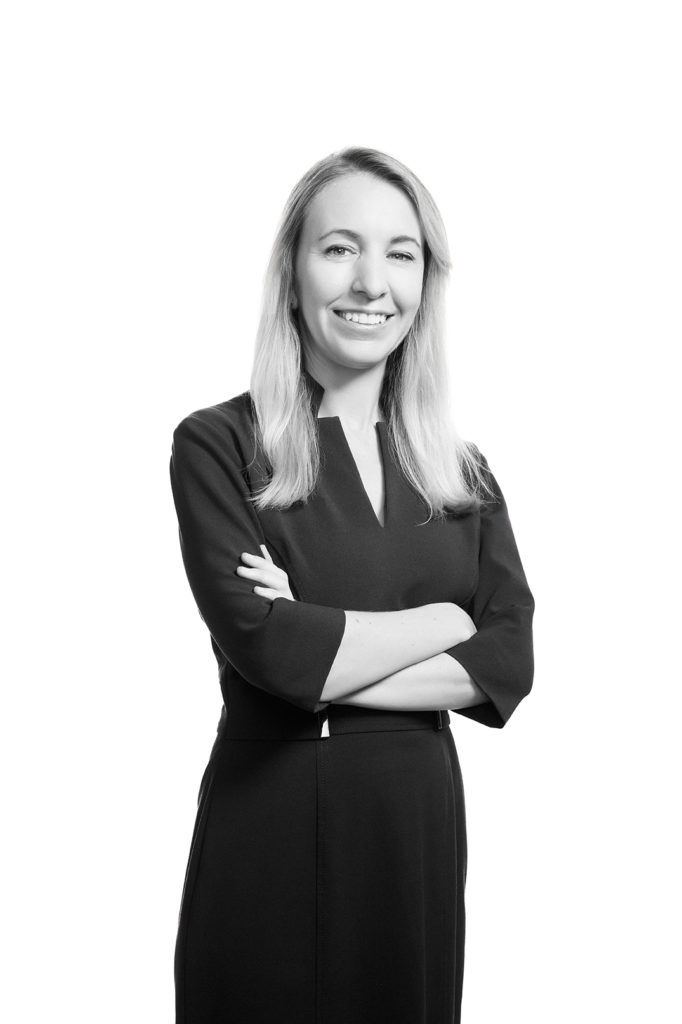
Dominique Hargreaves ’04 is director of sustainability and corporate social responsibility with American Realty Advisors in Los Angeles. She has worked for years in sustainability and environmental issues, including as deputy chief sustainability officer for the City of Los Angeles. She is the author of L.A.’s Green New Deal, the city’s 2019 climate action plan. We spoke to Hargreaves, who earned a bachelor’s degree from the LMU College of Business Administration, about the future of climate change. She was interviewed by Jeremy Rosenberg. The conversation has been edited for length and clarity.
Imagine this: It’s 2054, and you’re back on the LMU campus for your 50-year reunion. What is the best-case climate scenario?
If I’m looking out from the bluff, I’d be able to see out to the coast and out to the mountains, because the air would be clean. When I look out to the ocean, the water is clean. If we’ve done our job, then the temperature does not rise by more than a couple of degrees. You see people walking, biking, riding electric buses, taking available transit — and maybe there are some flying autonomous vehicles.
What is the worst-case scenario?
We go backwards. If we maintain our internal combustion vehicles and keep burning fossil fuels in our buildings, schools and homes, then you won’t be able to see the mountains. You won’t even really be able to go outside in 2054 — it will be like an apocalyptic landscape. It will be extremely hot. There will be more wildfires closing in on the city on an annual basis. You won’t want to go to the beach because it will be filled with plastic. With projections of sea level rise, we could lose the Ballona Wetlands. There’s also a gigantic natural gas storage facility at the bottom of the bluff that could potentially rupture and leak methane, rendering that area a disaster area.
You co-authored L.A.’s Green New Deal. What is that?
L.A.’s Green New Deal is based on science-based targets. It’s rooted in equity, and it’s meant to deliver a green economy and more than 400,000 green jobs. The city’s original Sustainable City pLAn was published in 2015. When we were getting ready for the 2019 edition, the world had changed. We had President Donald Trump in office, who had pulled out of the Paris Agreement. Mayor Eric Garcetti, along with many others, said we’re still in, we’re going to uphold Paris. To uphold the Paris Agreement means you need to reduce emissions from all aspects of the economy, so that you are net zero by 2050.
How are we doing with Green New Deal goals?
About two-thirds of them are on track to be delivered by the end
of this year. There is progress on transportation initiatives: improvements of bus lanes, bike lanes, filling of potholes — things that are easier to do when there’s no traffic. The
city also was able to do some innovative building retrofits, particularly with the Los Angeles Unified School District, while those buildings were not occupied.
You mentioned equity. How do we achieve equity and climate justice?
It’s important to strive for equitable outcomes, but you can’t get there if you aren’t listening to and taking in the advice and priorities of residents. When I worked with the city, we started a new department — the Climate Emergency Mobilization Office, which seeks to address the concerns of frontline communities around the issues that matter to them, including oil well drilling, jobs, transportation access, food access, and clean air and water.
Most people talk about climate change. Perhaps we should call it “climate changed.” Are we past the point where mitigation measures can help? Is it all about adaptation now?
Both are happening simultaneously. Certainly, governments are focused on adaptation, but you can’t take your eyes off mitigation measures. Scientists say we won’t be able to undo a lot of the emissions and climate change impacts that have occurred. But we can do better in our daily practices. We can draw down carbon, sequester carbon and put out less carbon into the atmosphere. So, it feels like the time is even more urgent to take climate action.
